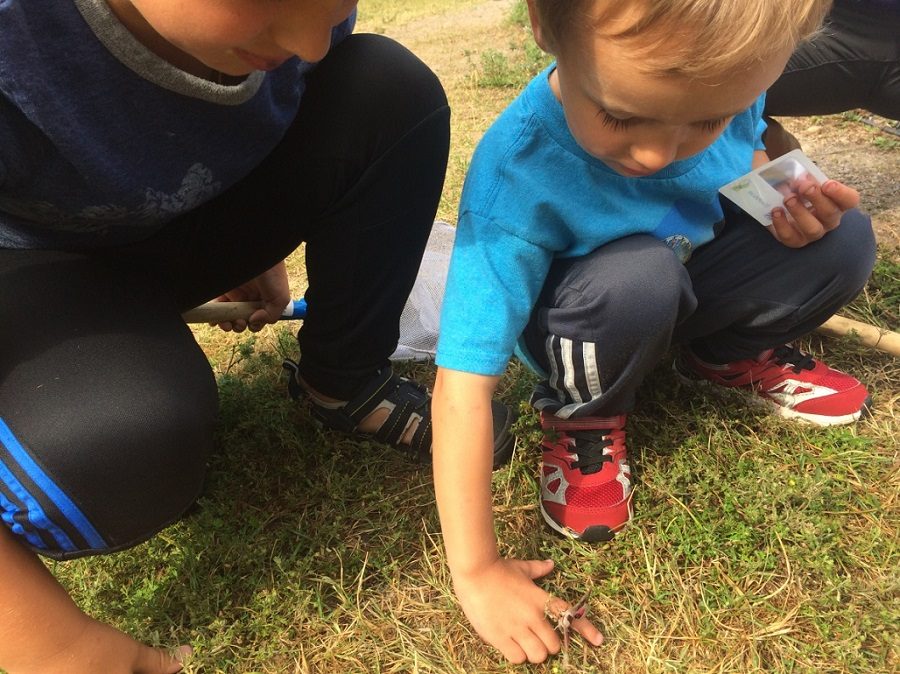Today’s post comes from Camille Koon, a Learning and Education Leader with Ontario Parks.
“The best teachers are those who show you where to look, but don’t tell you what to see.” – Alexandra K. Trenfor, educator
Every child who visits a park should see it as an exciting adventure waiting to unfold. With lakes, rivers, beaches, forests, fields, and more, the opportunities for discovery are endless.
By observing the diversity of plants and animals found in the outdoors, children discover the wonders of nature and develop a deeper appreciation for it.
Here are five ways we can empower all children to become explorers of the world around them.
1. Let children play
Playing is fun!
There is room for structured and unstructured play in every child’s day. Structured play is scheduled activities organized by an adult, like swimming lessons. Unstructured play is spontaneous, often outdoors, and directed by children, like fort-building or acorn-collecting.

Structured play contributes to physical fitness, agility, and coordination. Unstructured play in natural spaces builds your child’s ability to be creative, curious, learn to take appropriate risk, and navigate team dynamics. Kids need both.
2. Visit a Discovery Drop-in
Ontario Parks has launched a new family program called the Discovery Program.
The goal of the program is to get families actively exploring parks and connecting to nature in fun, memorable ways.

In the program, Discovery Guides empower little ones and families to make their own discoveries and relate to nature using their own life experiences. Discovery Guides show you where to look and what tools to use, supporting your search for new cool things!
3. Let curiosity lead
Explorers are curious. To inspire explorers, we need to motivate, encourage, fuel, and celebrate curiosity!
You know that age where kids ask questions incessantly and repeatedly ask you “why”? Why not take a stab at playing that game with them!

When a child asks what something is, instead of telling them what it is, try asking a question back.
Ask them what they notice about its colours and patterns. Watch how it moves together. Ask them what they think the animal is doing, and why. There are no right or wrong answers.
These types of interactions encourage nature observation and allow children to draw their own conclusions based on what they observe with you.
In doing so, you act as an explorer with them, along for the ride. In supporting their curiosity in this way, you are building a confident young explorer.
4. Model wonder
How to build an explorer you say? Be one!
By modeling exploration, your children will follow your lead.

Build sandcastles, imagine magical forest stories, follow an ant to its home, sketch a moth right down to the feathery antennae, get on your belly and watch the world through a magnifying glass.
With a little example, they’ll be taking the lead in no time.
5. Get outside

The outdoors is our playground.
Every forest has a story, every grasshopper is waiting to be named, and every stick is a magic wand.
Being in nature is enough.
A child in nature will explore, and the benefits are endless.
Let’s all head outdoors together and become explorers!
